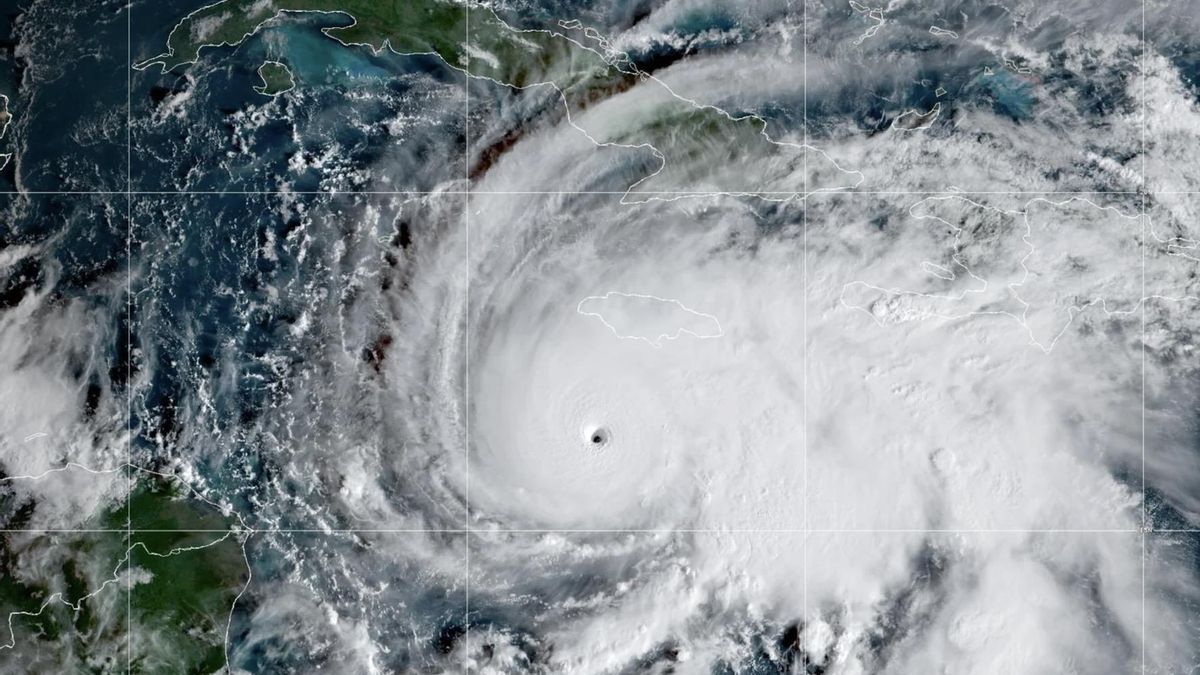The first time this economic phenomenon occurred was in the most powerful economy in 17th century Europe.
As strange as it may sound in a note on economics, the tulip became one of the most coveted items in Europewhen in the 16th century the practice of decorating gardens with flowers during the spring season had become customary. And this specimen appeared on the continent, first in Turkey, which through its Ambassador transferred some bulbs to Emperor Rudolph II of Austria for his Imperial Gardens in Vienna and Prague.
The content you want to access is exclusive to subscribers.
But what began as a nice activity ended up being a revolution in the Netherlands, which at that time was the richest country in Europe, partly because it was the only place where the tulip began to experiment. mutations that gave intense and random colors to its petals. From this, this flower became the star of all gardens.


tulip.jpg

Tulip mania, the first economic bubble in history
The more extravagant the flower, the more coveted it was and the more expensive it turned out to be.. The problem came from its demand, since the tulip does not grow throughout the year and that was something that the Dutch did not know. There the purchase and sale of future bulbs coming from the next collection, although this presented some complications.
And that future collection could go through 10 owners in the same day, which caused there to be a benefit in these exchanges over something that had not yet been born. The price rose between 500 and 2000% and people went into debt to participate in this new market. There were cases like that of February 5, 1637, when They sold 40 bulbs for 100,000 florinsan exorbitant price for the time.
tulip 2.webp

However, the next day, a trader in a Haarlem tavern put just under half a kilo of bulbs up for auction for 1,250 guilders. Nobody accepted it, so he lowered the price. The result continued in the same way, which triggered panic among traders, who were faced with the first economic bubble in history. In just a couple of months The value of the tulip decreased by almost 100%.
The Dutch Government had to respond. He intervened to try to get things back to normal and canceled the incredible number of contracts that were in place to prevent the catastrophe from continuing. Between 1633 and 1637 The sale and purchase of tulips was more than ten times higher than all the income of the country’s big businessmen. All because of an air business, the fatal tulip mania.
Source: Ambito
I’m a recent graduate of the University of Missouri with a degree in journalism. I started working as a news reporter for 24 Hours World about two years ago, and I’ve been writing articles ever since. My main focus is automotive news, but I’ve also written about politics, lifestyle, and entertainment.




